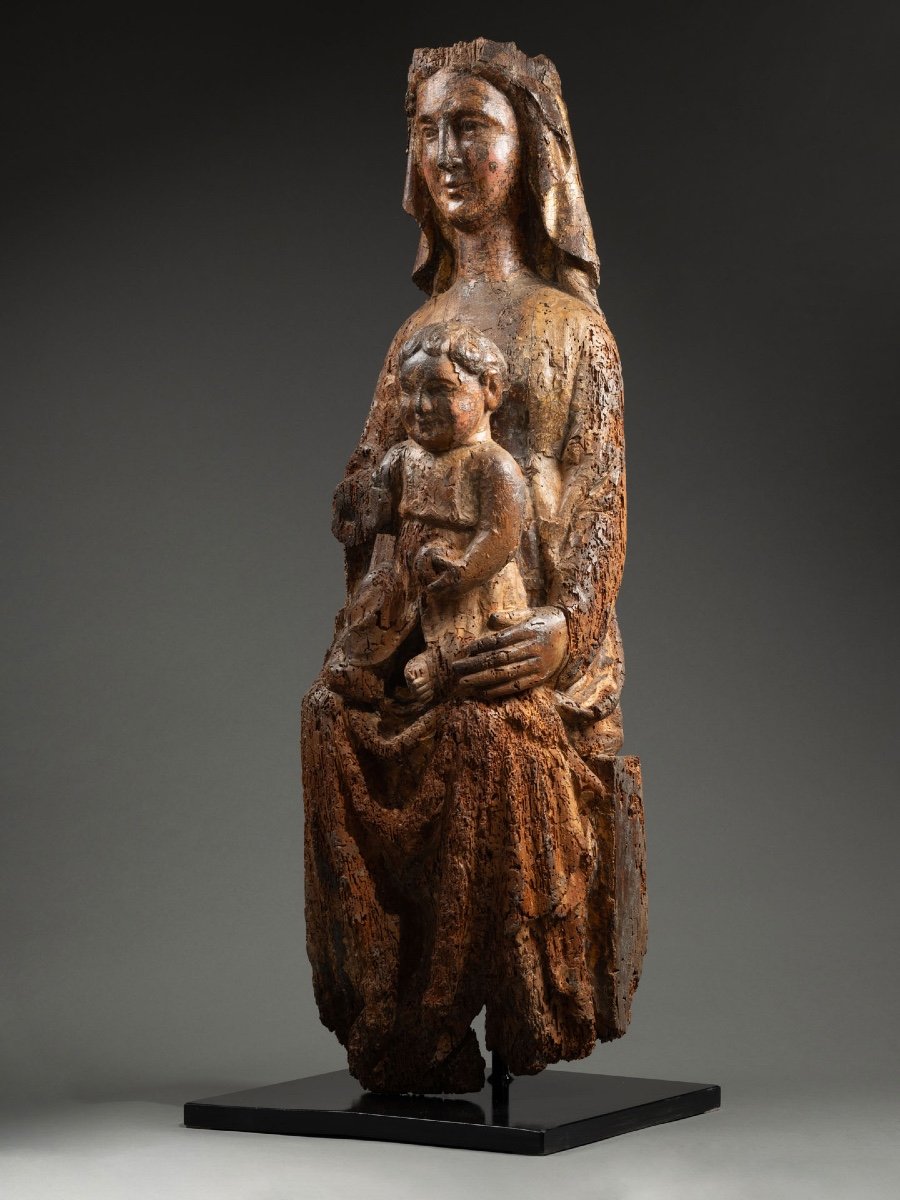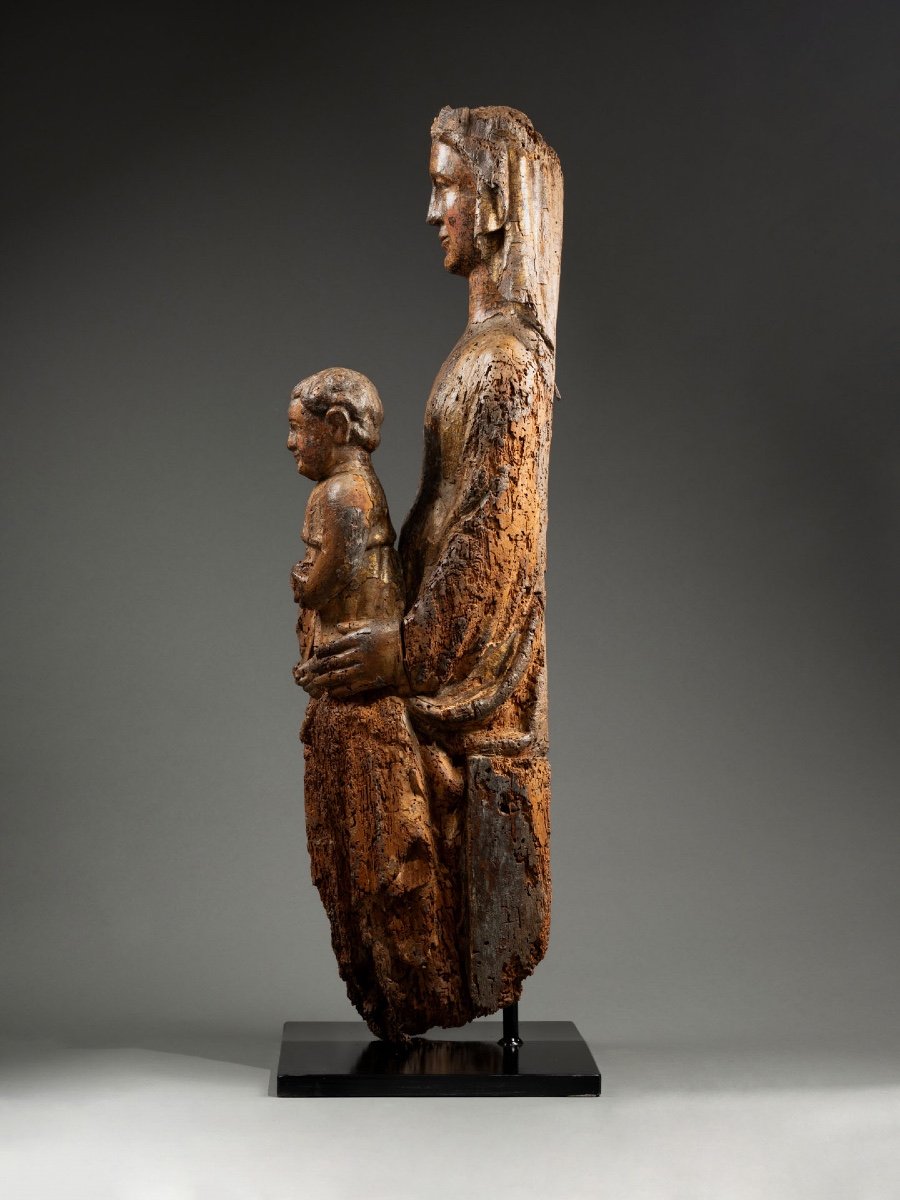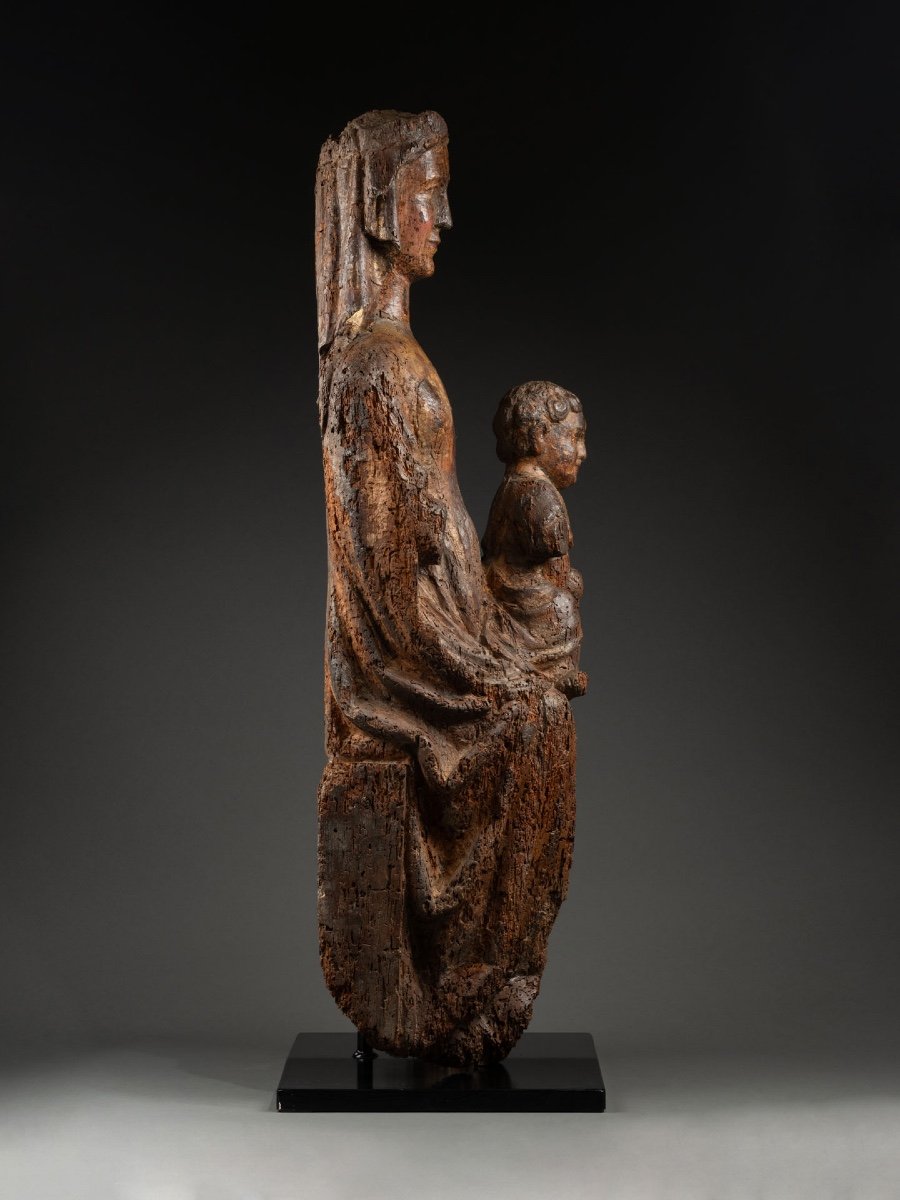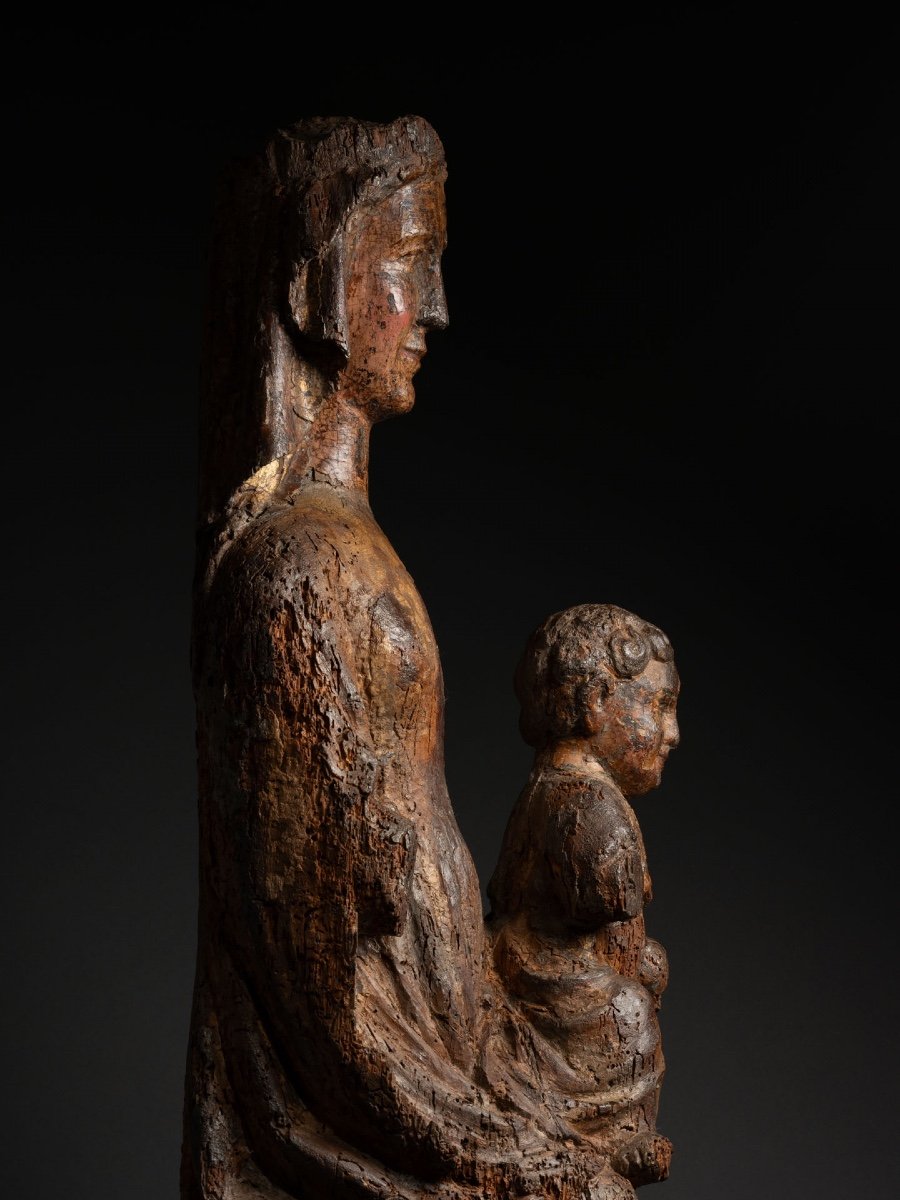"Sedes Sapientiae - Italy - 14th Century"
This magnificent Virgin in Majesty accompanied by the Child Jesus, displays a unique and astonishing iconography. Made from lime wood, this sculpture surprises with its splendid state of conservation, where the remains of polychromy and gilding sit alongside scraps of fabric which reveal the marouflage. A crown is placed on the head of the Virgin, covered by a short veil which reveals her face. The latter shows Marie's soft features, and her almond-shaped eyes show the pupil painted black. His lips, enhanced by a light red line, appear in a smile. Her cheeks are full, accentuating her happy demeanor. We observe some traces of polychromy on her face making the flesh pink like the Virgin. She wears long clothes with a heavy drape and broken folds falling on the front of the sculpture. His right forearm is missing and we notice a hole used to fit the two parts of the arm together. The Virgin is seated on a throne, her Son placed on her left knee. The latter wears the same cheerful expression as his mother. His curly hair is stiff, his eyes are narrowed and his cheeks are round making his face puffy. Her mouth, small, is smiling. The Child is dressed in a simple outfit, a long tunic with short sleeves. He sits cross-legged although his right foot is raised, creating a restless movement of the legs. His right arm is also missing, and we notice the same cavity housing the forearm. In his left hand he holds a round object, an orb, symbol of his temporal domination over the world. The Child Jesus is supported by his mother's left hand, as he leans slightly forward, off-center on her knee. It is quite likely that Christ's missing hand is making the gesture of a blessing. The back of the sculpture is hollowed out. This sculpture corresponds to the type of the Sedes Sapientiae, meaning "throne of wisdom", in which the Virgin Mary sits enthroned carrying the Child on her knees, the latter being able to be seated or standing. The “wisdom” is that of Christ, and the throne can therefore designate the object or the Virgin, on which the Child sits. It is a more precise expression of the genre of the Virgin in Majesty, an important iconographic theme during the medieval period. The work surprises first with its size, then with the laughing expressions of the two protagonists. Correspondence can be found at the Diocesan Museum of Cremona, Italy. The Sedes Sapientiae of the diocesan museum has many similarities with our work. Dated from the 14th century, it is attributed to an Umbrian sculptor. The cheerful expression of the Virgin and Christ, the posture of the Child, the orb He holds in His hand, the heavy folds cascading down the front of the sculpture, the tunic of Christ, are all reasons which we suggest that the two works are contemporary, created by a sculptor from the Umbria region. This sculpture is imbued with the sacred hieraticism of the Roman Virgins in Majesty. This solemn rigidity is countered here by the warm appearance of the faces of the Virgin and the Child. 





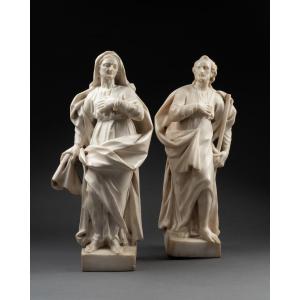
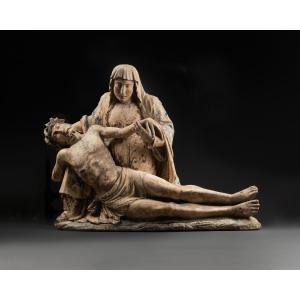
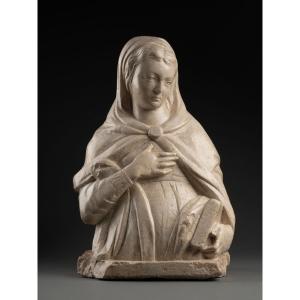

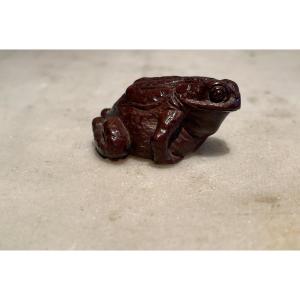
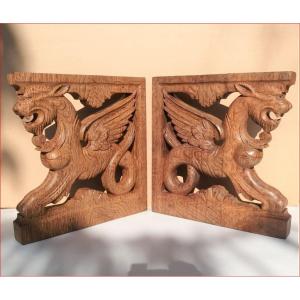
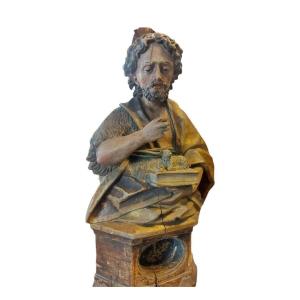
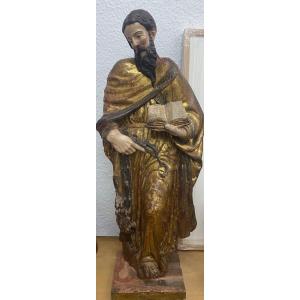
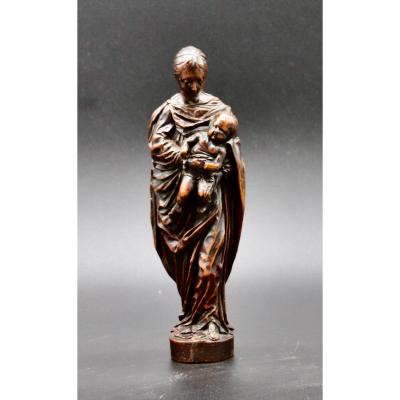





 Le Magazine
Le Magazine Rivista Artiquariato
Rivista Artiquariato TRÉSORS magazine
TRÉSORS magazine


